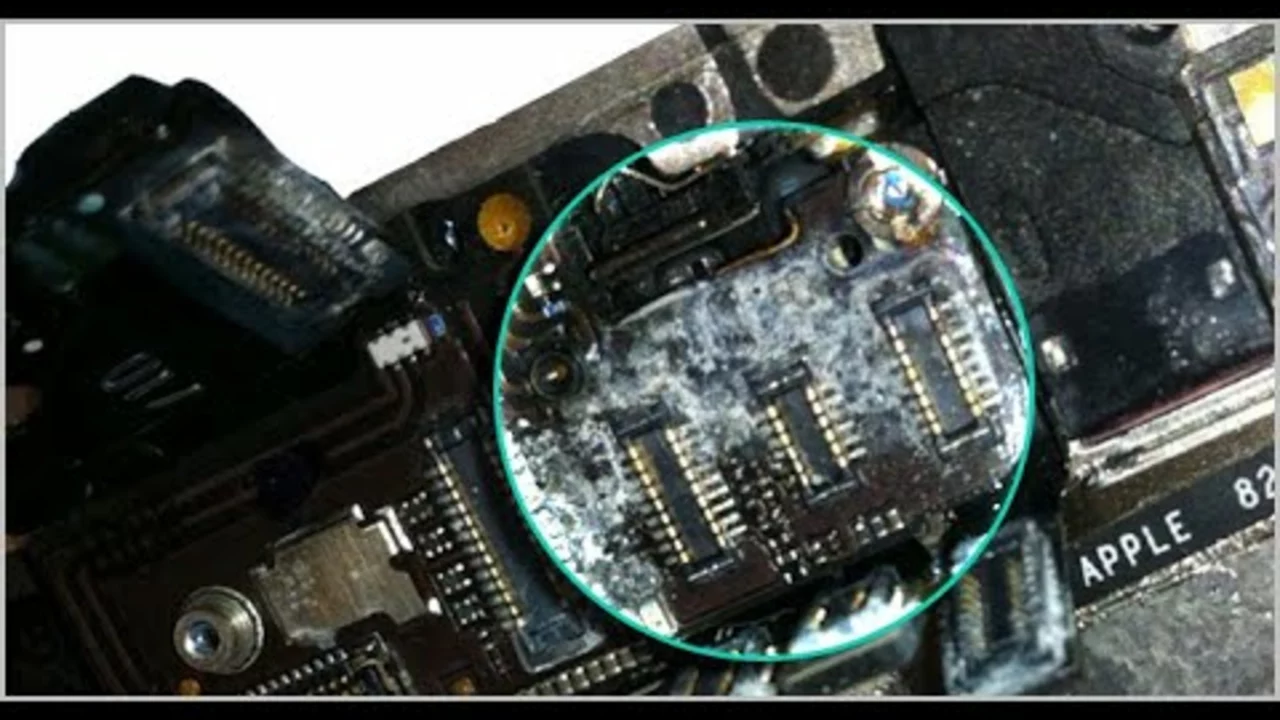Understanding the Impact of Water on Electronics
Water and electronics are not the best of friends. When they come into contact, the results can be disastrous. Water is a great conductor of electricity and can cause short circuits and damage to electronic components. It's important to understand how water can affect your gadgets, as this knowledge will guide you in the repair process. It can lead to corrosion, rust, and irreversible damage if left unchecked. But don't lose hope just yet; there are ways to save water-damaged electronics, and that's what we'll explore in this article.
Recognize the Signs of Water Damage
Understanding the signs of water damage is the first step in the repair process. Your device may not turn on, or it may function erratically. You might notice corrosion or rust on the device's exterior or interior components. In extreme cases, you could even smell a burnt aroma. Recognizing these signs early on can increase the chances of successful repair.
Unplug and Power Down Immediately
If your electronic device gets wet, the first thing you should do is unplug it and turn it off. Continuing to use a wet device can cause further damage and even pose a safety risk. Remember, electricity and water are a dangerous combination. So, power down your device immediately, and don't try to turn it back on until you've taken the necessary steps to fix it.
Remove All Removable Components
After powering down your device, the next step is to disassemble it as much as you can. This might involve removing the battery, SIM card, memory card, and any other removable components. The goal is to allow air to reach as many parts of the device as possible to facilitate drying.
Drain the Water Out
Now it's time to get as much water out of the device as you can. If the device is small enough, you can gently shake it to help the water drain out. Be careful not to shake it too vigorously as this could cause further damage. Pat it dry with a soft towel or cloth, being careful not to rub hard as this could push the water further into the device.
Dry Your Device Thoroughly
After draining out as much water as you can, you'll need to dry the device thoroughly. This can be done by leaving it in an open, well-ventilated area. Alternatively, you can place it in a bag of uncooked rice or silica gel packets, both of which are excellent at absorbing moisture. It's vital to ensure the device is completely dry before you attempt to turn it back on.
Clean and Disinfect the Device
Water, especially dirty or salty water, can leave residues on your device that can cause corrosion over time. So, after drying the device, it's good practice to clean and disinfect it. Use a soft cloth and a mild cleaning solution. Be careful not to get the device wet again during the cleaning process.
Seek Professional Help if Needed
If your device is still not working after following these steps, it may be time to seek professional help. There are many repair services available that specialize in fixing water-damaged electronics. They have the necessary skills and tools to diagnose and fix the problem.
Preventing Future Water Damage
Once you've gone through the ordeal of fixing a water-damaged device, you'll want to prevent it from happening again. This could involve investing in a waterproof case, being careful around water, and storing your device in a safe place when not in use. Remember, prevention is always better than cure, so take the necessary steps to protect your electronics from water damage.


